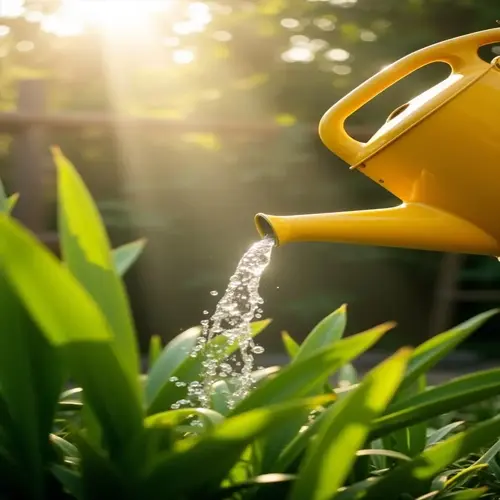When should I worry about yellow leaves?

Written by
Julia Anderson
Reviewed by
Prof. Charles Hartman, Ph.D.Yellow leaves are sometimes a cause for concern, but not always. You should worry when the yellowing rushes into new growth or you see spots with webs. The natural aging of leaves only affects the bottom leaves gradually. I saved an orchid when I noticed the yellowing extending to the new growth overnight.
Critical Warning Signs
- Rapid yellowing spreading upward within days
- Wilting or drooping accompanying discoloration
- Foul odor from soil indicating root rot
- Webbing or visible pests on leaf undersides
Harmless Natural Patterns
- Slow yellowing limited to bottom leaves
- No spots, wilting, or odor present
- Occurs seasonally during growth phases
- Plant produces healthy new foliage
Moderate Concern Symptoms
- Yellowing on multiple plants simultaneously
- Leaf drop exceeding normal shedding rate
- Discoloration combined with slowed growth
- Soil staying wet over a week
Please ensure that you address urgent cases within 48 hours. When it comes to evident signs of disease, such as any rotten smells, you should unpot the plants right away. Cut away black roots and compost, then repot the plant in sterile soil. I had a prayer (maranta) plant that I was able to revive after identifying root rot within a day.
Employ a systematic diagnostic approach when looking at uncertain cases. Photograph the yellowing patterns over the course of three days. Check soil moisture levels and pH levels. Check roots for health if symptoms exacerbate. The systematic approach helped reveal that my fern had exposure to draft issues.
Avoid emergencies by checking your plants weekly. Check the newest growth for signs of water or nutrient stress. Use moisture meters to monitor the moisture level of your soil. Always have a ready-to-use pest control spray on hand. Since I have made these suggestions a habit, I've caught problems before they get too severe.
Read the full article: 10 Reasons Why Leaves Turn Yellow

